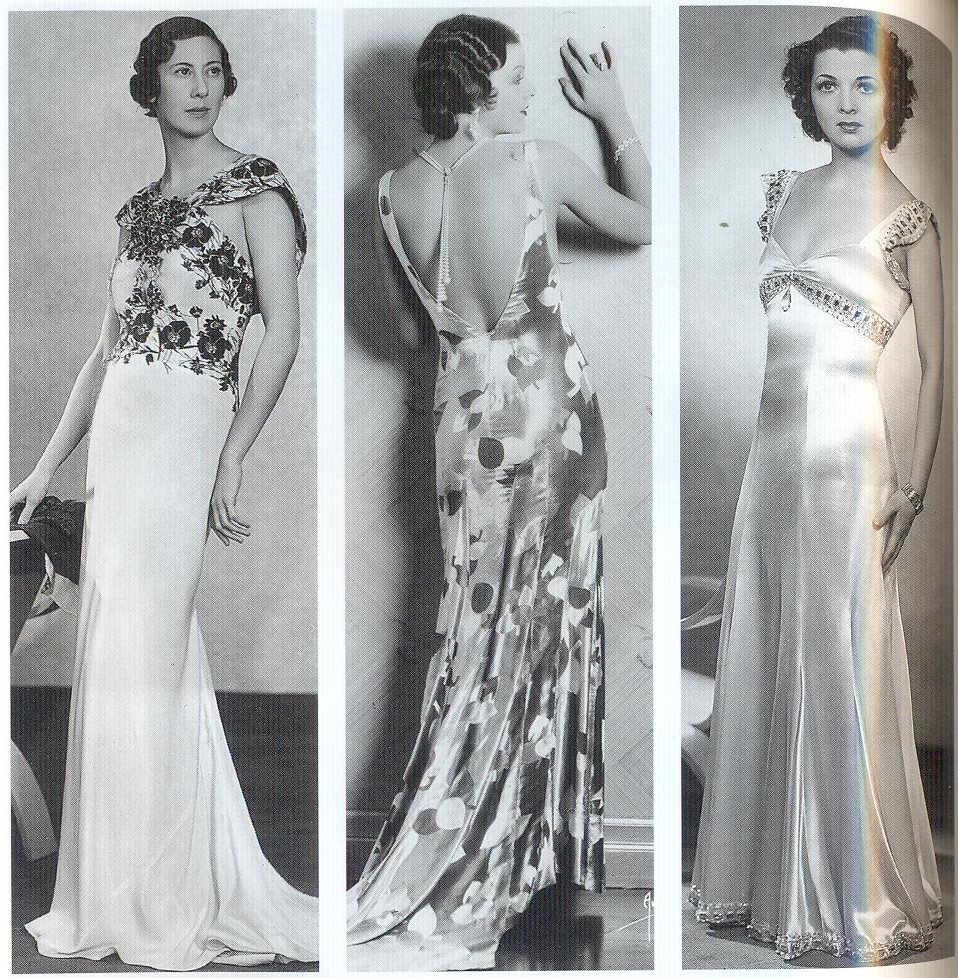- 1925 Flapper dresses became stylish.
- 1926 A.A Milne publishes Winnie-the-pooh and Houdini dies.
- 1927 BBC Founded.
- 1928 Penicillin discovered.
- 1929 The Great Depression begins.
- 1932 Scientists split the atom.
- 1934 Bonnie and Clyde killed by Police.
- 1935 Monopoly Board Game Released by Parker Brothers and Alcoholics Anonymous founded.
Bauhaus:-
Bauhaus was a revolutionary school of art, architecture and design established by the pioneer modern architect Walter Gropius at Weimar in Germany in 1919, includes artists Paul Klee and Wassily Kandinsky.
| Wassily Kandinsky Swinging 1925 Oil on board |
Dada:-
Dada was an art movement formed during the First World War in Zurich in negative reaction to the horrors and folly of the war. The art, poetry and performance produced by dada artists is often satirical and nonsensical in nature.
| Max Ernst Dadaville circa 1924 Painted plaster and cork laid on canvas |
German Expressionism as well as many of the 'isms' were being documented in films between 1925 and 1939, for example: Nosferatu released in 1922 directed by F.W. Murnau starring Max Schreck as the vampire Count Orlock was a great example of German Expressionism.


Surrealism:-
Surrealism was a movement which began in the 1920s of writers and artists (including Salvador Dalí and René Magritte), who experimented with ways of unleashing the subconscious imagination.
René Magritte
The Future of Statues 1937.
The Future of Statues 1937.
Surrealism sought to free the imaginative human mind and reveal the unconscious, encouraging radical change and rejection to logic and reasoning. Surrealism literally means 'above and beyond reality'.
Andre Breton published The Surrealist Manifesto in 1924.
Fashion between 1925 and 1939:-
The desirable look for women in the1930s was still slim, but more womanly and sophisticated than in the previous decade. This body shape was created through longer skirts cut on the bias and by an indented waistline and rounded bosom.
This increased exposure of the body was due to sportswear’s influence on new styles including the ‘halter-neck’ credited to the French couturier Madeleine Vionnet, which exposed arms and back.
Typical daywear for women consisted of a two-piece suit with sleek, fitted jacket and matching skirt or dress. Day dresses were usually simple and calf-length, while more formal attire was longer, often reaching the floor. Evening dresses became more elaborate and extravagant as the decade progressed.
Although Hollywood stars, such as Marlene Dietrich and Katharine Hepburn wore trousers, they were not widely accepted. However, they did appear in sports and leisurewear, particularly for playing golf, tennis or for riding and cycling. In 1939 high fashion magazine Vogue featured trousers as acceptable day wear for women for the first time.

No comments:
Post a Comment